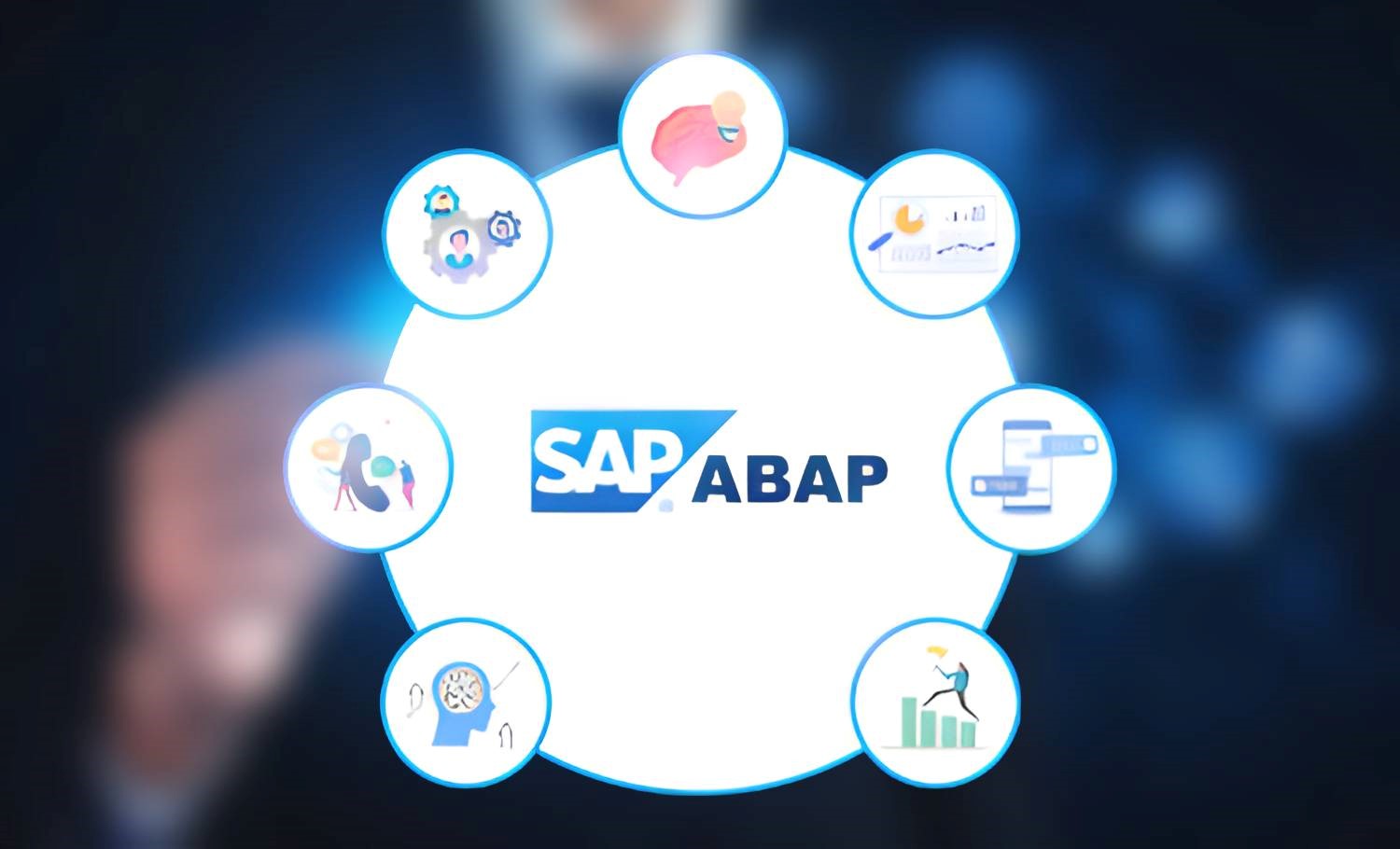
Introduction
SAP ABAP (Advanced Business Application Programming) is the main language used for creating applications inside the SAP ecosystem. It enables integration of several SAP systems like Human Resources (HR), Materials Management (MM), Sales and Distribution (SD), and Finance (FI). This connection guarantees that data stays constant, business operations stay simplified, and efficient automation is obtained. ABAP facilitates smooth module communication by using tools like function modules, BAPIs, and IDocs. The SAP ABAP Training in Noida offers the best guidance to aspiring professionals. Building and adapting cross-functional applications that satisfy organizational needs within the SAP environment depends on their flexibility and dependability.
SAP ABAP Integration with Other SAP Modules
As mentioned, SAP ABAP is the core programming language used to create apps within the SAP ecosystem. It has a strong integration feature to act as the backbone for connecting several SAP components. This connection is essential for enabling process automation and continuous data flow throughout corporate activities.
1. Shared Structures and Data Dictionary
SAP ABAP defines data elements, tables, views, and structures in a centralised Data Dictionary (DDIC). Modules use these definitions to guarantee data consistency. For invoice verification, for instance, the supplier master data leveraged in MM is also retrieved in FI. ABAP guarantees every module references the same definitions, hence removing duplication and synchronization problems.
2. Modular Programming and Function Modules
Function Modules (FMs) and RFCs—Remote Function Calls—enable modular programming in ABAP. One can invoke these across several modules. For instance, an SD module creates a tax calculation function module that can be reused in FI during financial posting. Enhancing interoperability, ABAP combines not just within SAP modules but also with outside systems via RFC-enabled function modules. Consider joining the SAP ABAP Training Institute in Delhi for the best skill development.
3. BAPIs and ALE/IDocs
Important ABAP technologies utilized for integration are Business Application Programming Interfaces (BAPIs) and Intermediate Documents (IDocs). By means of callable methods, BAPIs let SAP components expose business logic, therefore allowing an interface across modules. For example, an MM BAPI could help generate a purchase order from an SD sales transaction.
ALE (Application Link Enabling) exchanges data between SAP systems using IDocs. ABAP manages the creation, transmission, and receipt of IDocs across modules so that, for example, the FI module might replicate payroll processing data via IDocs from an HR master record generated in the HR module.
4. User Exits, B ADM, and Enhancements
User Exits, BADI (Business Add-Ins), and Enhancement Points let ABAP integrate through improvement methods. These tools allow developers to inject SAP standard code with custom logic at specified intervals. For example, custom logic can be applied during goods receipt (MM) via a user exit or BADI to change stock valuation data in FI. This improves module communication without modifying essential SAP code.
5. Workflows and reports
Cross-module tasks are often accomplished using ABAP-written reports and workflows. An ABAP report, for instance, might pull information from both MM (inventory levels) and SD (pending deliveries) to provide an overall picture of supply chain performance. ABAP workflows can notify the FI team when a purchase requisition in MM exceeds a budget threshold by triggering actions across modules.
6. Tables and clear data access via gadgets
From various modules, ABAP programs can directly access SAP database tables. The SAP ABAP Certification training trains aspiring professionals in these aspects. With this clear data access, developers may combine tables from several databases. For instance, a bespoke ABAP program could integrate FI's billing data (VBRK, VBRP tables) with SD's sales order information (VBAK, VBAP tables) to generate financial insights on sales.
Conclusion
By allowing effortless communication and data transfer, SAP ABAP helps to bind several SAP components together. Using BAPIs, IDocs, RFCs, and enrichment frameworks, ABAP enables developers to create integrated business processes spanning several functional areas. Whether via direct table access, modular function calls, or workflow automation, ABAP ensures that different SAP modules operate harmoniously, sustaining an enterprise's end-to-end business operations. ABAP's integration capability is a major factor supporting its continued relevance as an SAP ecosystem tool.
Leave a Reply
You Might Like Also

What are the Roles & Responsibilities of a Next JS Developer?

Top Theoretical SAP FICO Interview Questions












